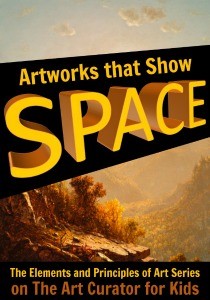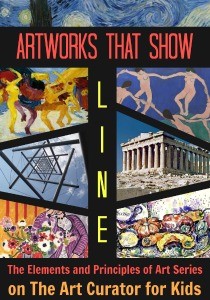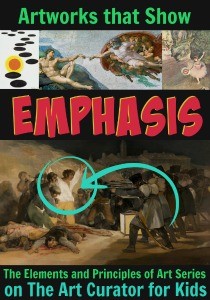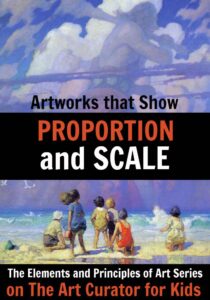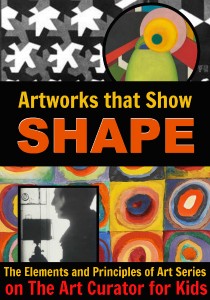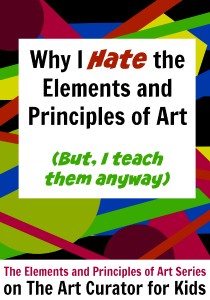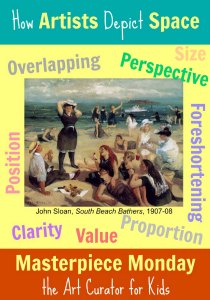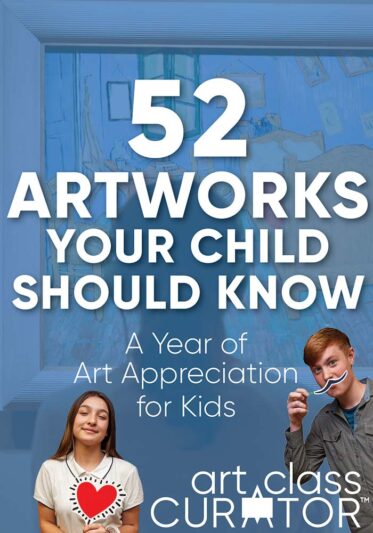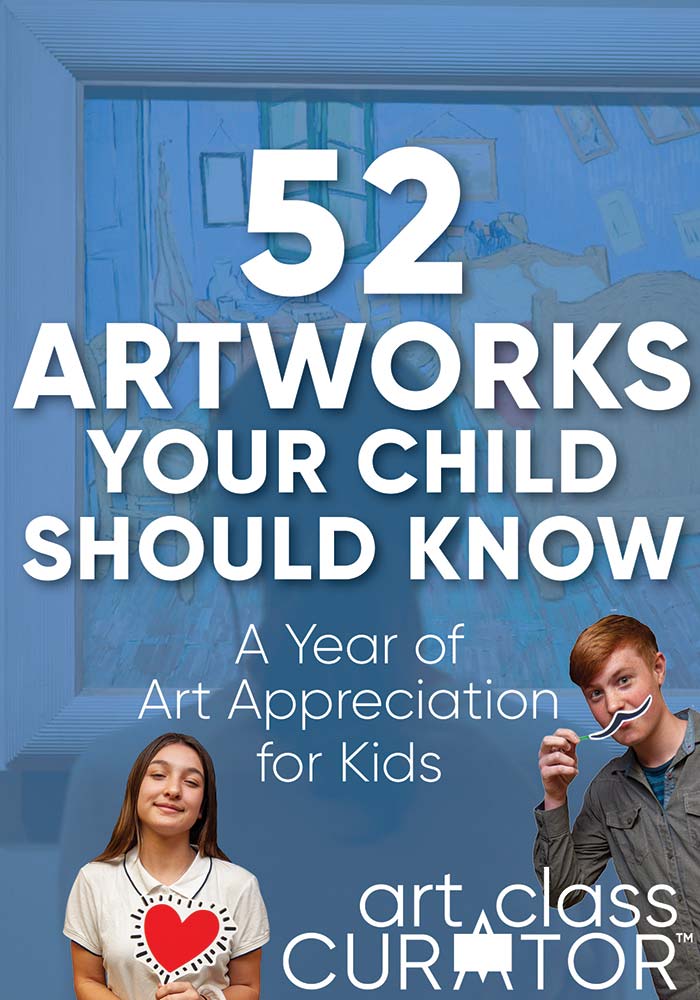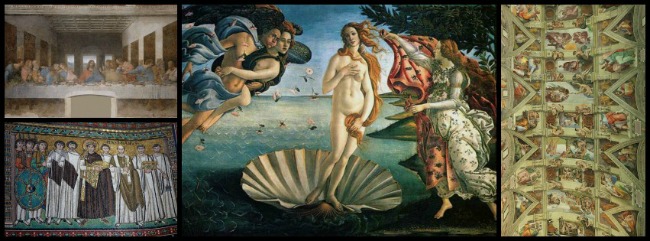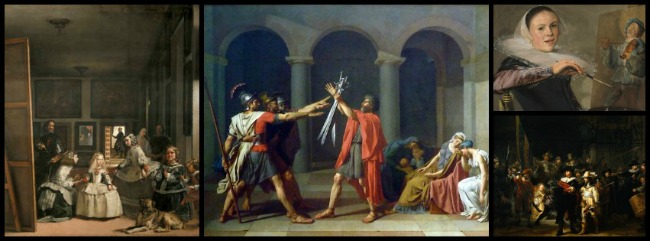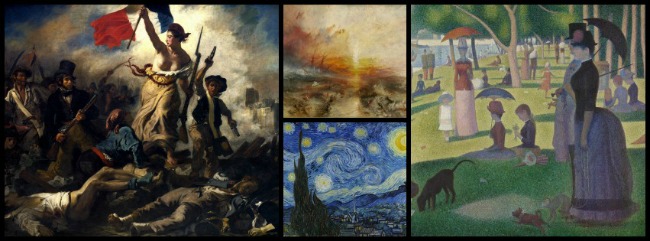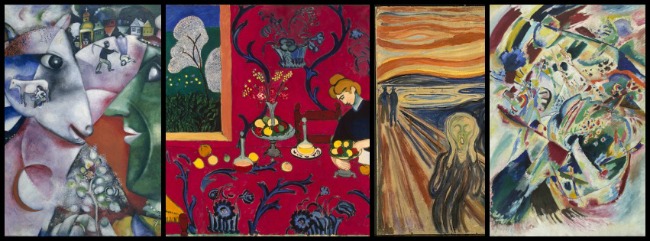I’m continuing the Elements and Principles of Art series today with a post that includes example artworks that use shape.
I will add to this list when I find more, so this is a good one to pin or bookmark! The horizontal images do not contain all of the examples.
Download the Free Elements and Principles Printable Pack
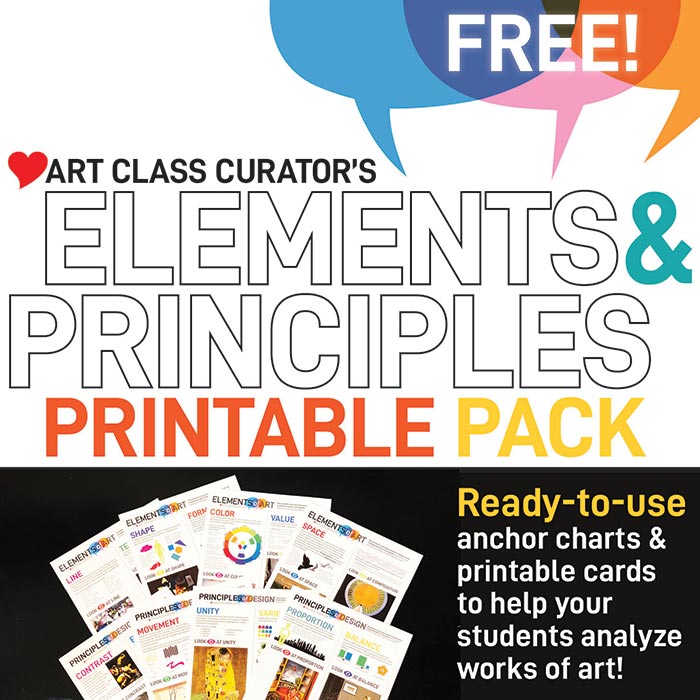
This pack of printables was designed to work in a variety of ways in your classroom when teaching the elements and principles of art. You can print and hang in your classroom as posters/anchor charts or you can cut each element and principle of art in its own individual card to use as a lesson manipulative.
Shape in Art Examples

Example Artworks that Use Shape, General
- Henri Matisse, The Snail, 1953
- Okun Akpan Abuje, Nigerian Funerary shrine cloth, late 1970s
- MC Escher, Cycle, 1938
- Pablo Picasso, Three Musicians, 1921
- Grant Wood, Spring Turning, 1936
- Edward Steichen, The Sunflower, c. 1920
 Artworks with Geometric Shape
Artworks with Geometric Shape
- Piet Mondrian, Broadway Boogie-Woogie, 1942-43
- Marsden Hartley, Night – and Some Flowers, 1940
- Grant Wood, Parson Weems’ Fable, 1939
- Paul Klee, The Red Balloon, 1922
- Le Corbusier, Notre-Dame-du-Haut at Ronchamp (interior), 1950-1955
- Claes Oldenburg, Geometric Mouse – Scale A, 1969-1971
- Wassily Kandinsky, Squares with Concentric Circles, 1913
 Artworks with Organic or Free-Form Shape
Artworks with Organic or Free-Form Shape
- Paul Gauguin, La Orana Maria (Hail Mary), 1891
- Joan Miro, Harlequin’s Carnival, 1925
- Henri Matisse, The Joy of Life, 1905-06
- Henri Matisse, Icarus, from Jazz series, 1947
- Henri Marisse, Beasts of the Sea, 1950
- Pablo Picasso, Great Still Life on Pedestal, 1931
- Kara Walker, Darkytown Rebellion, 2001
 Shapes Made by Negative Space
Shapes Made by Negative Space
- David Smith, Cubi IX, 1961
- Andy Goldsworthy, Circles, Varied (Shape, Color, Value)
- Henry Moore, Reclining Figure, 1951
- André Kertész, Self-Portrait, 1926
- Ancient Roman, Pont du Gard, 40-60 C.E.
Shapes that Guide your Eye Around the Picture
- Grant Wood, Parson Weems’ Fable, 1939
- Marsden Hartley, Night – and Some Flowers, 1940
 Shapes Used to Organize Picture (Pyramidal Configuration, etc.)
Shapes Used to Organize Picture (Pyramidal Configuration, etc.)
- Leonardo da Vinci, Virgin of the Rocks, c. 1483
- Michelangelo Buonarroti, Pieta, 1498-99
- Diego Velázquez, Las Meninas, 1656
- Raphael, Madonna in the Meadow, 1506
- Georges Seurat, A Sunday on La Grande Jatte, 1884
What did I miss? What are your favorite artworks to teach shape? Let me know in the comments!
Remember I will add to this, so don’t forget to pin this post by clicking on the picture below.
Do you have a great example to teach shape? Share it with me in the comments, and I will add it to the list!
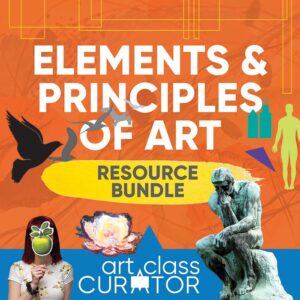
Elements and Principles Teaching Bundle
This extraordinary bundle includes the best resources for teaching each of the elements and principles—37 worksheets/handouts, 15 lessons (with accompanying PowerPoints and Handouts), 3 ready-to-go art analysis activities, 3 art analysis videos, and 13 elements and principle PDF articles.
There you have it! The best shape in art examples for your elements and principles of art lessons. Want more elements and principles of art teacher resources? Check out the below posts.
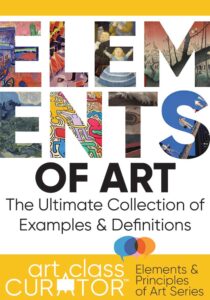

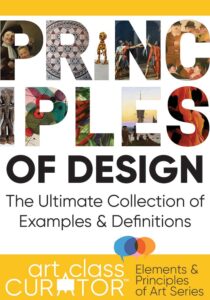
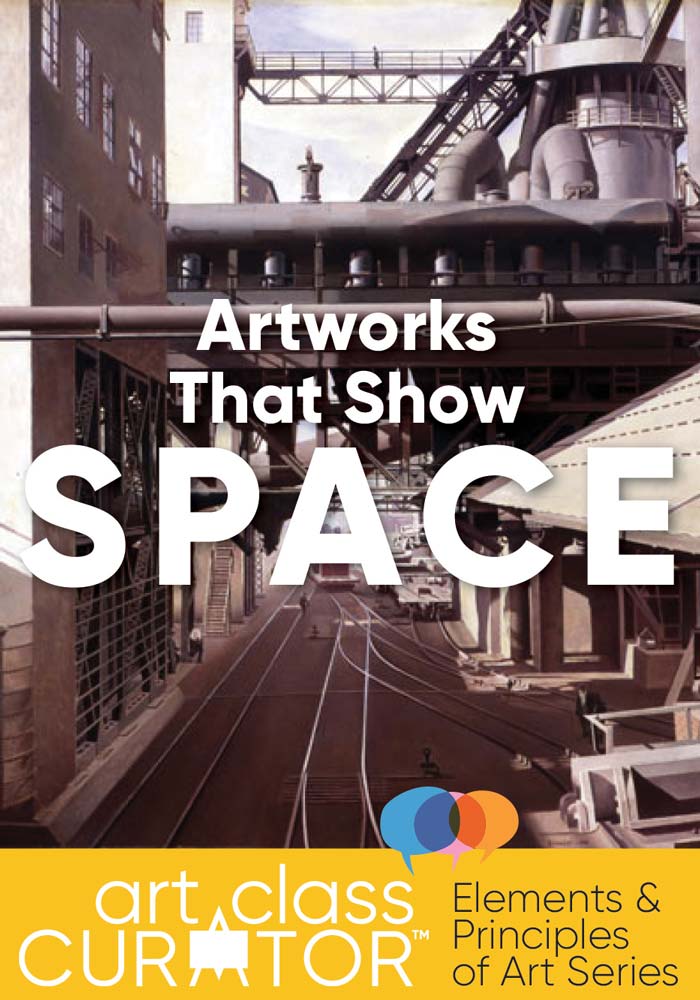
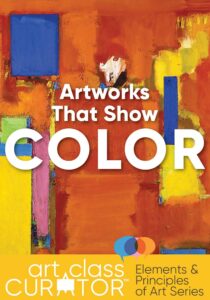
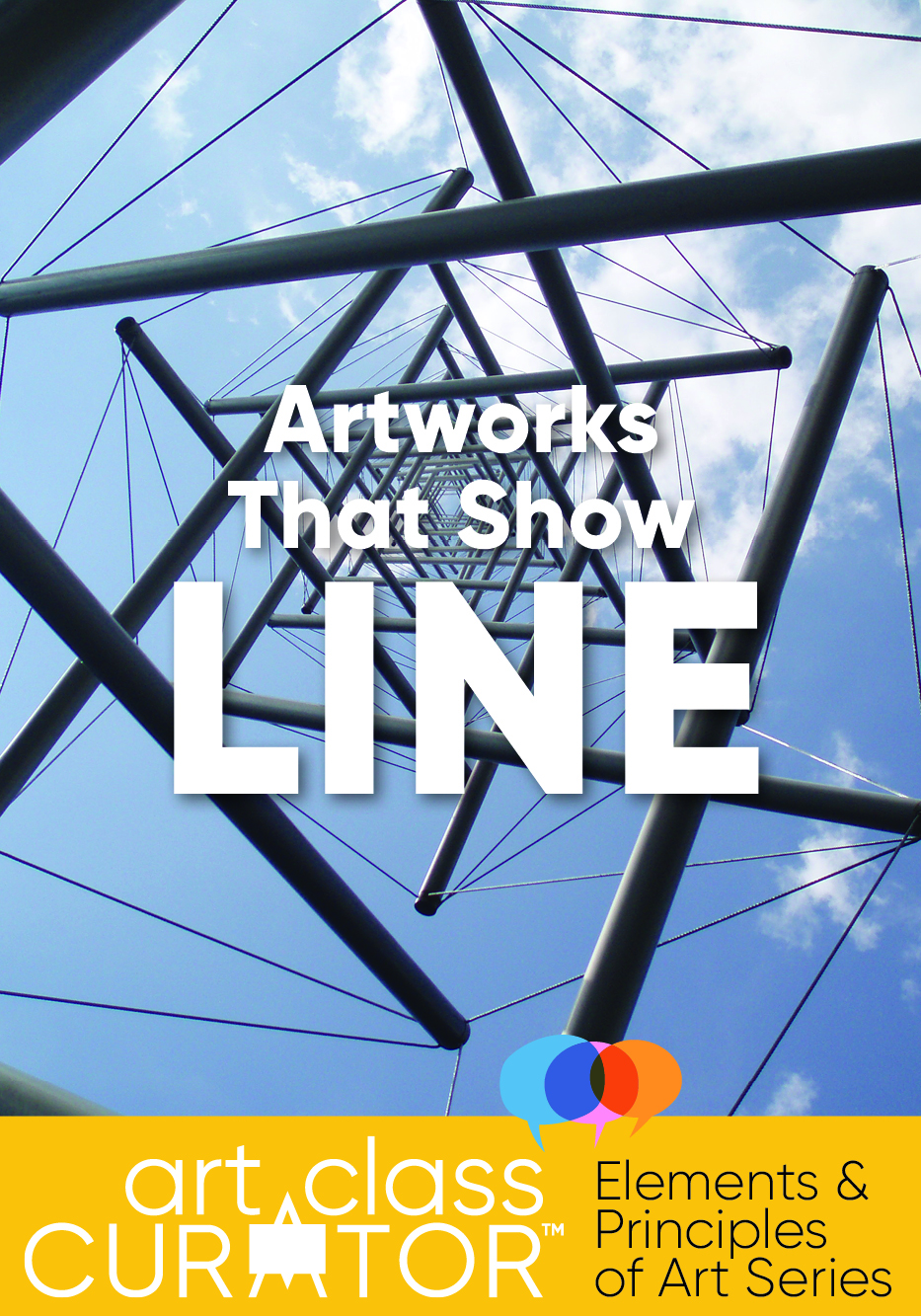
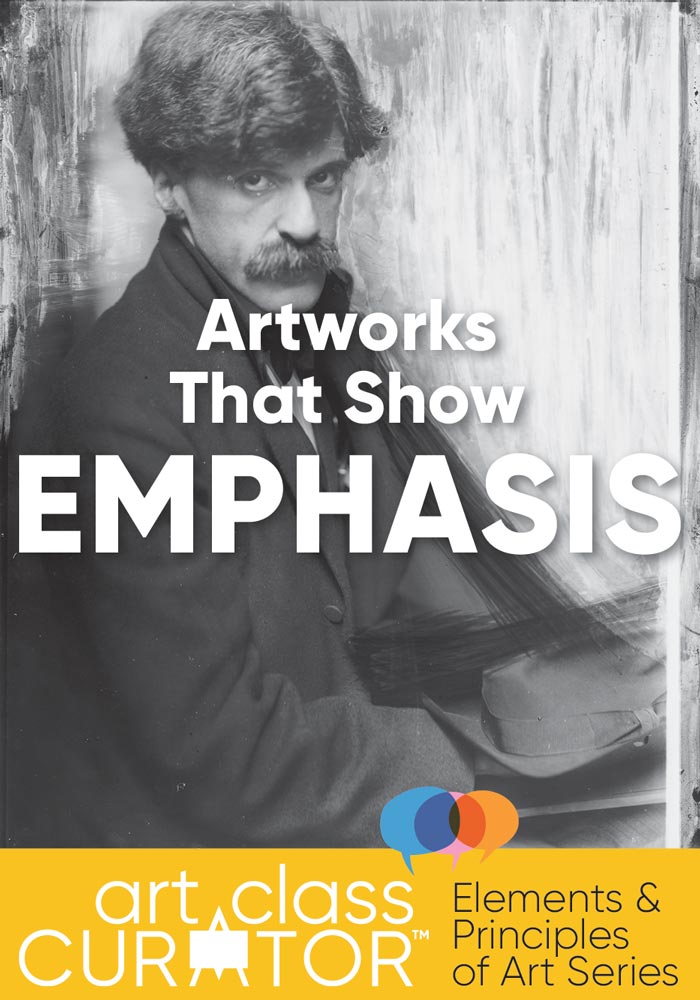
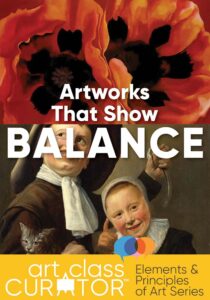
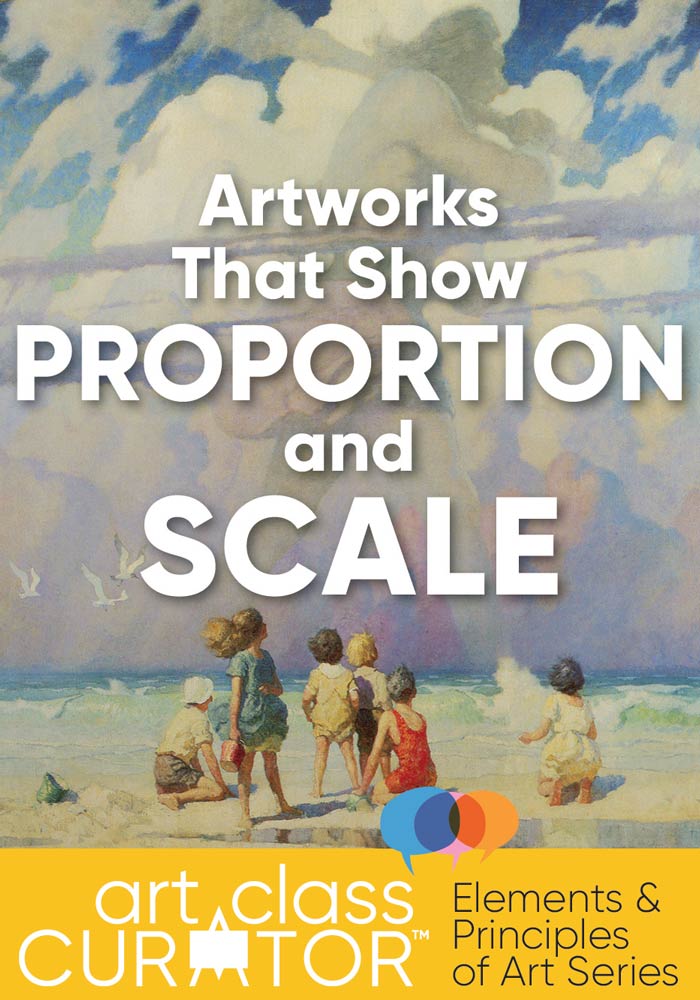
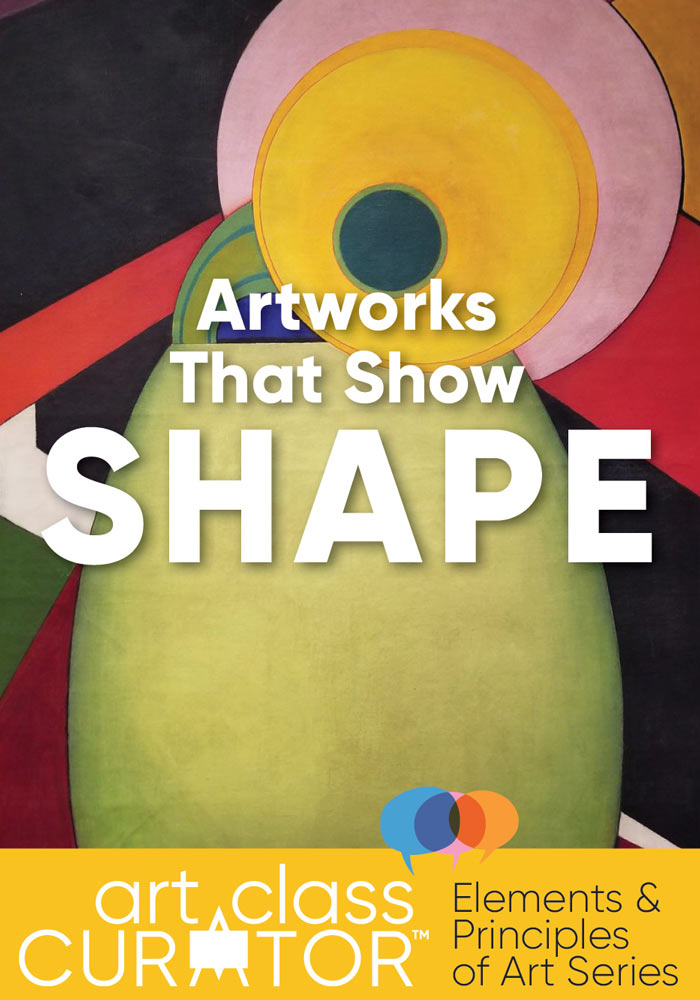
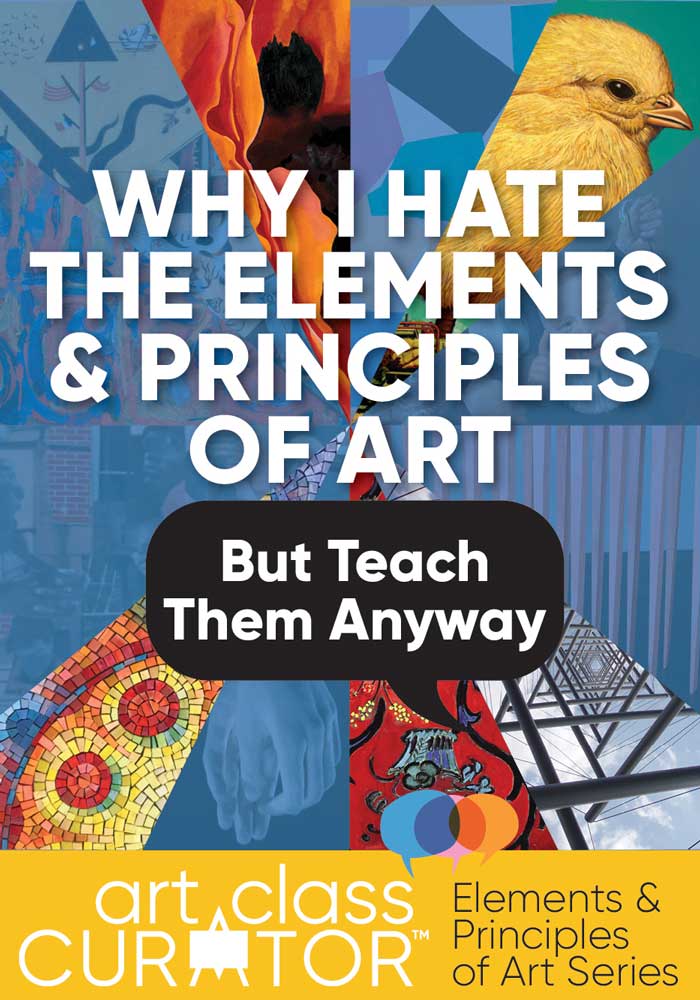
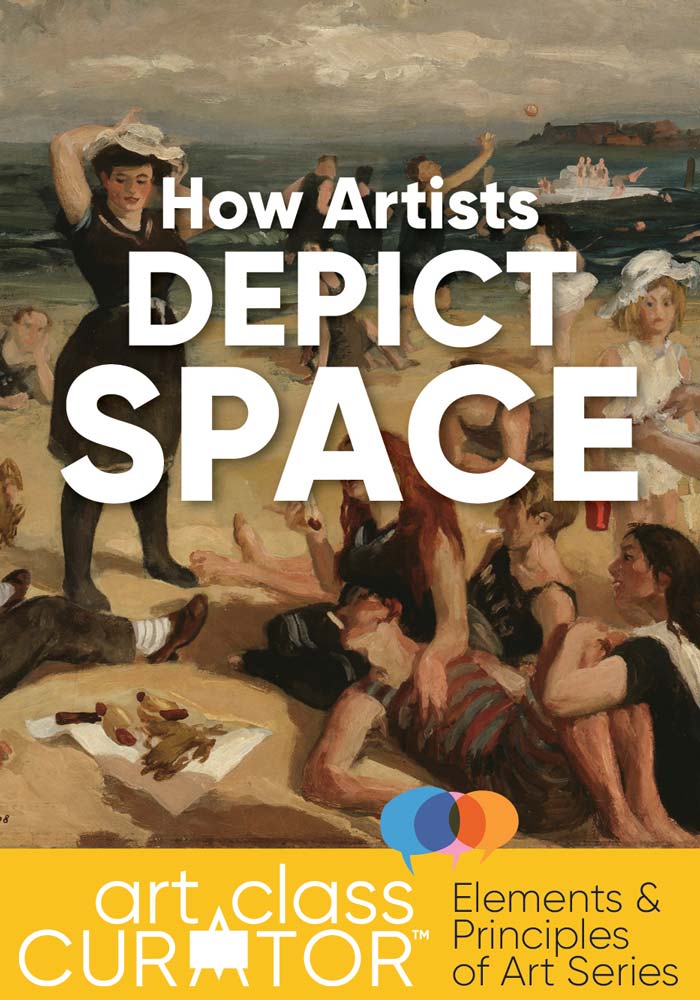
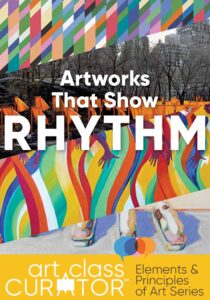
Photo Credits:
- Pont du Gard,

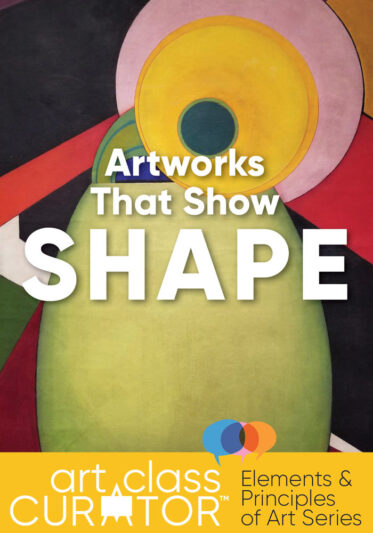

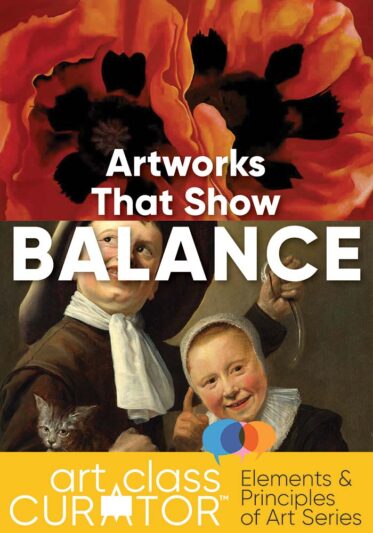
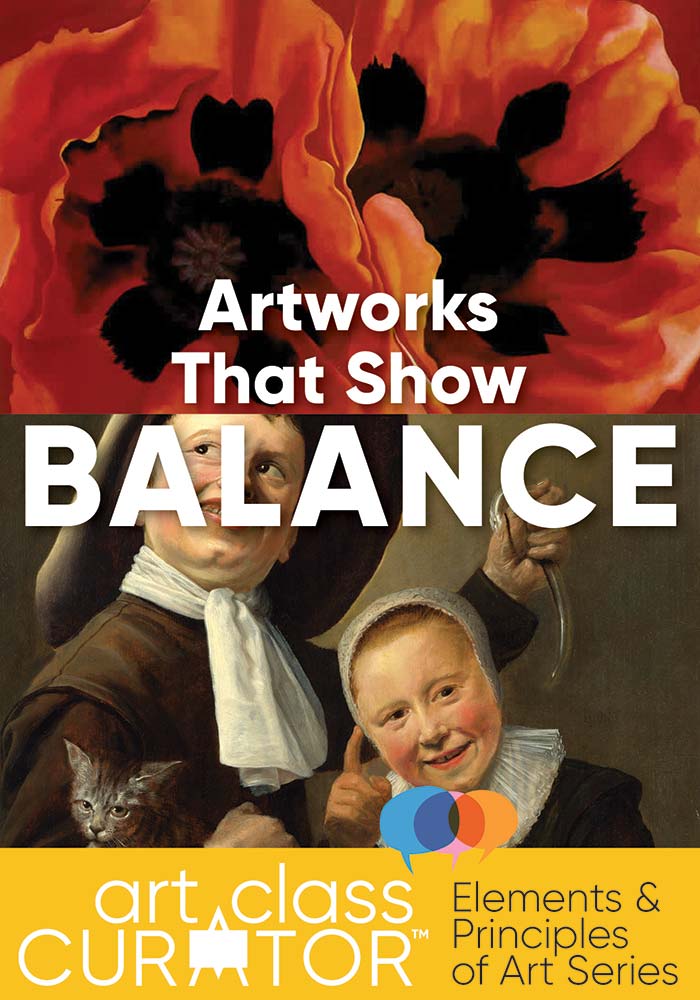
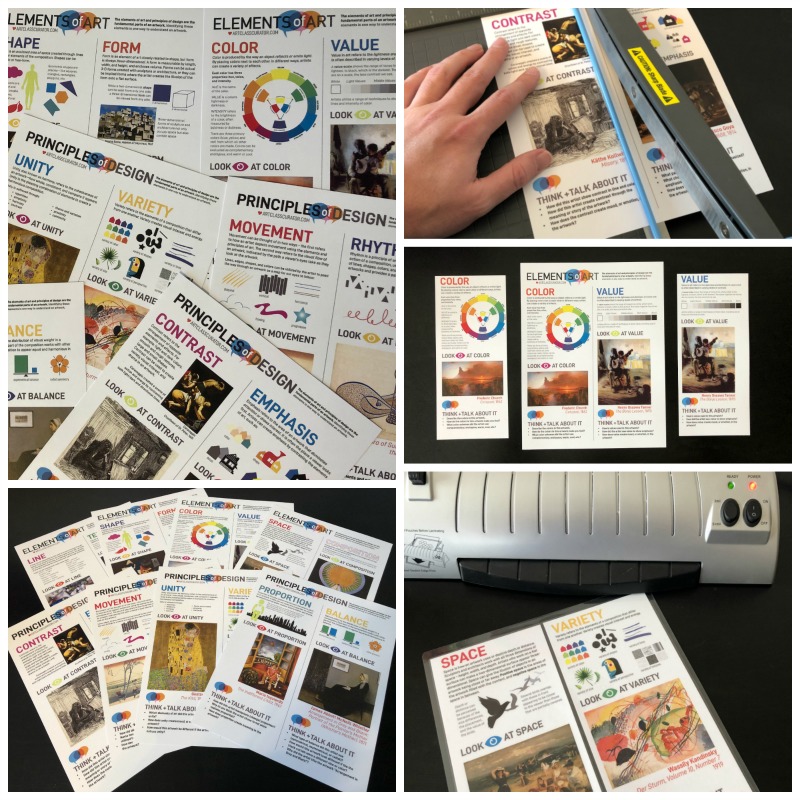


 Radial Balance in Art Examples
Radial Balance in Art Examples
